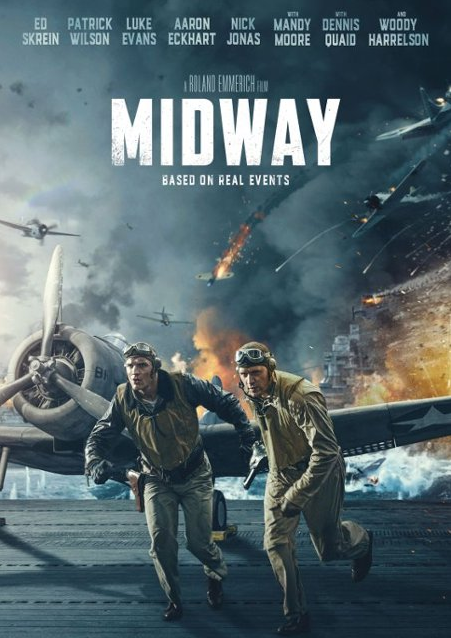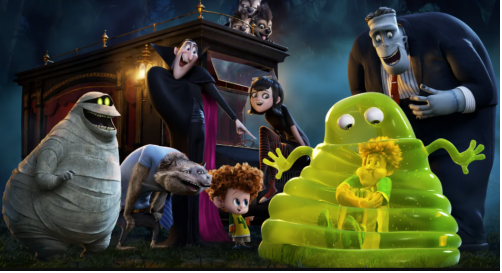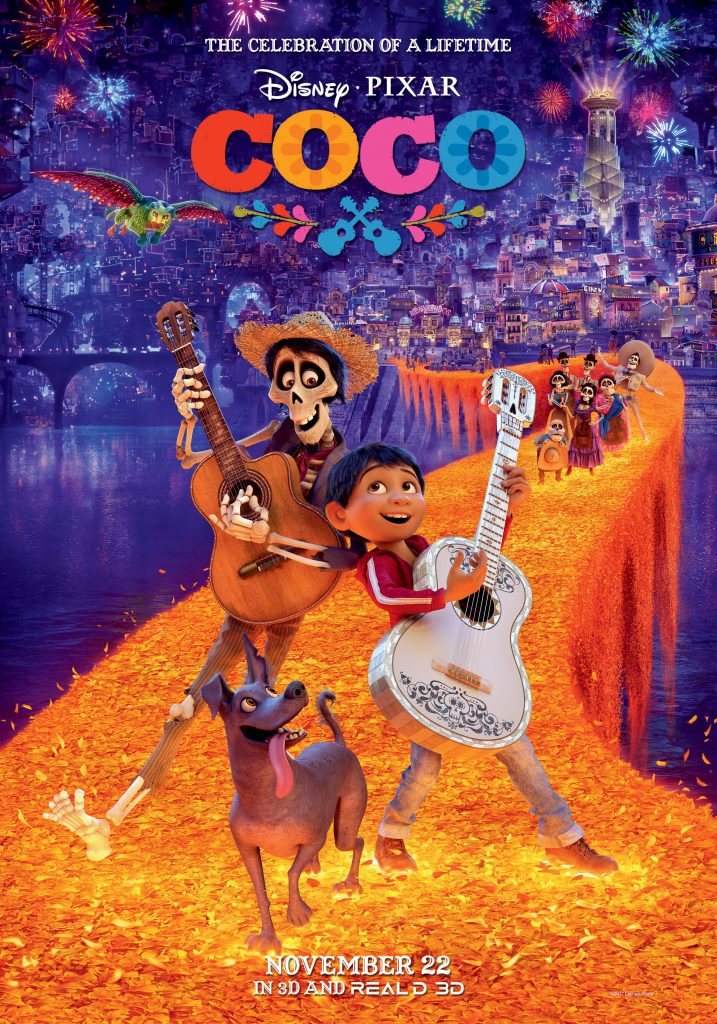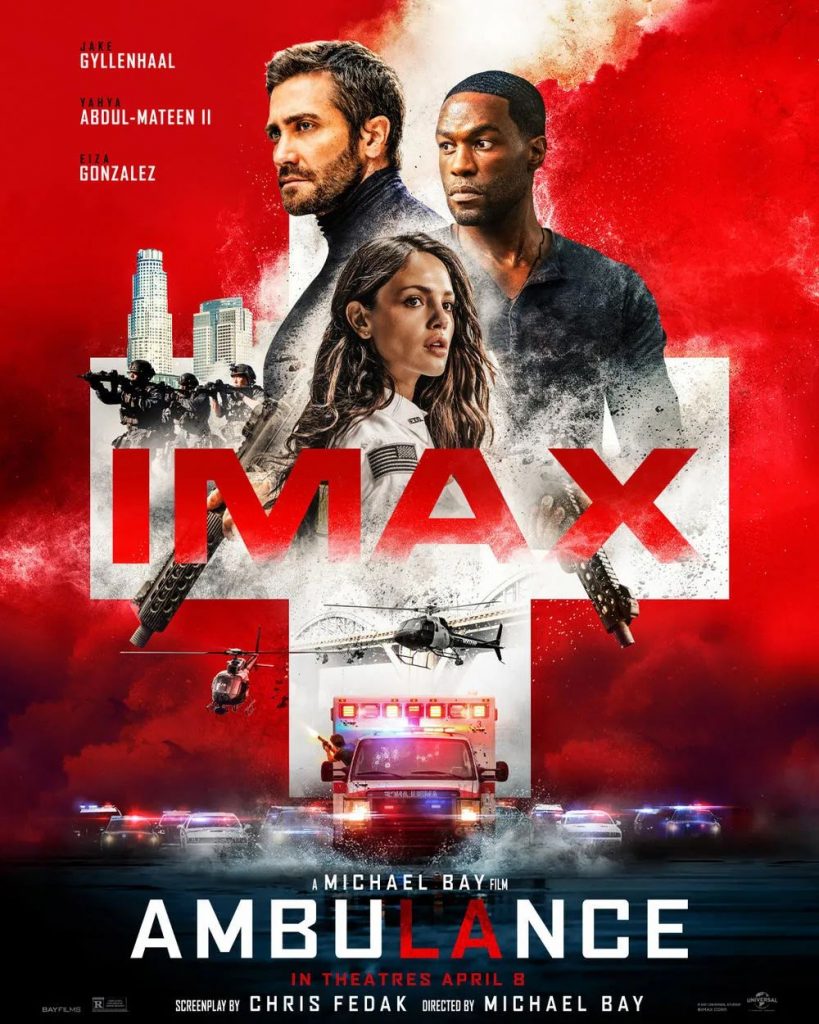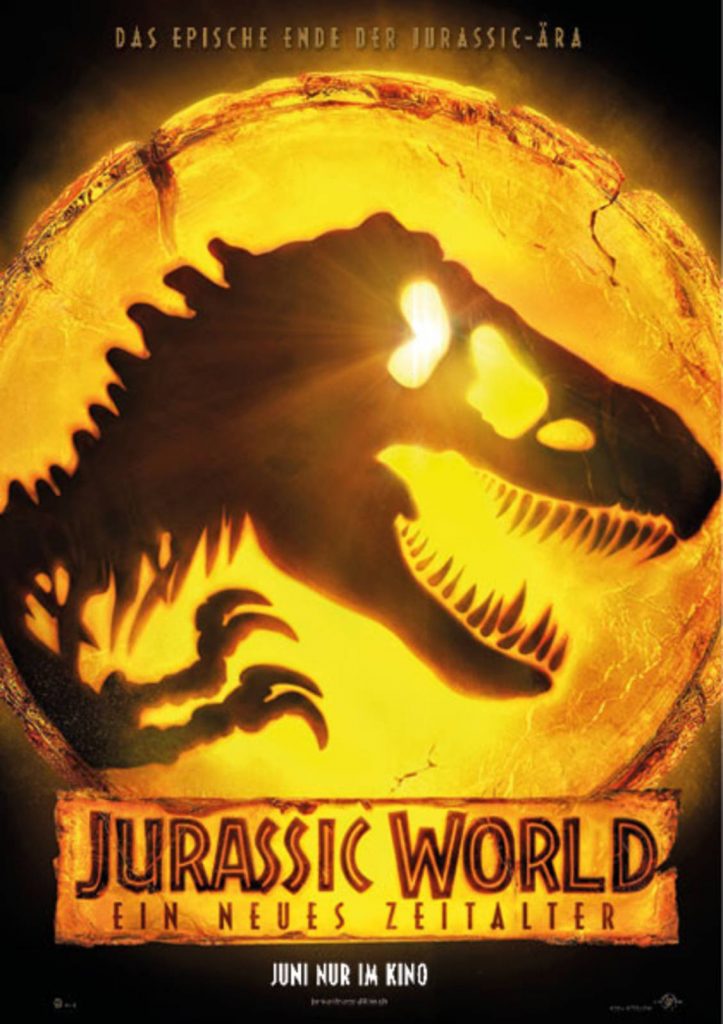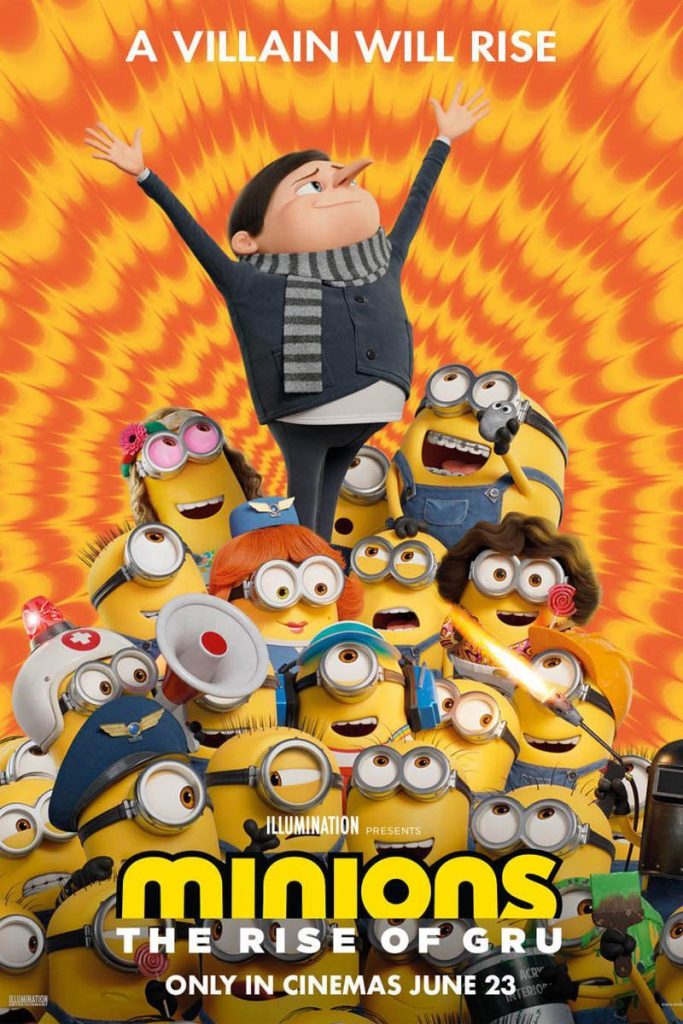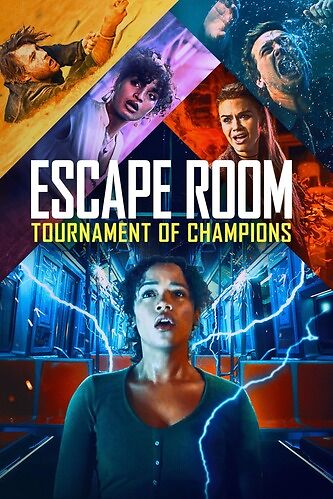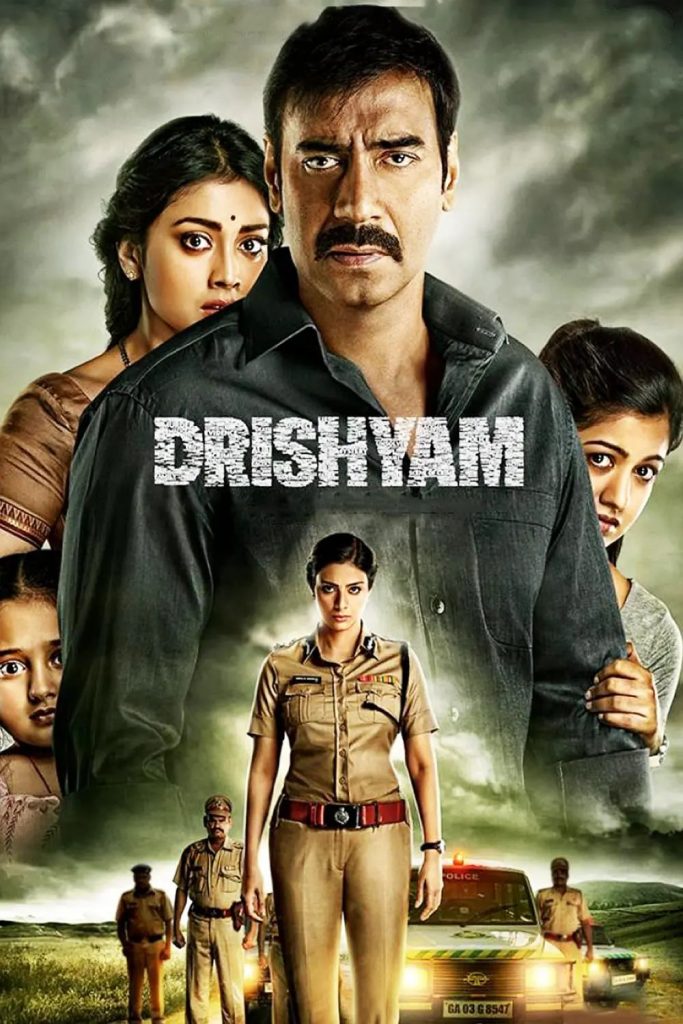This time Emmerich brings you Battle of Midway, based on a true story, and perhaps that’s what makes the film so different from Emmerich’s past special effects disaster fare.
This difference makes Midway a little strange, both from an action and narrative point of view, and we’ll talk about both of these points.
Since it’s an action-packed film, we’ll start with the visual effects that we all care most about.
The film tells the story of World War II, when Japan attacked Pearl Harbor on December 7, 1941, and the Pacific War broke out, bringing the US into the WWII fold for real.
The characters and threads of Battle of Midway unfold in such a way that the plot focuses on the Battle of Midway, but also buys one and gets two free, with Pearl Harbor and the bombing of Tokyo, basically giving viewers a glimpse of the most important battles of the early days of the Pacific War. The characters also reach the point where everyone is a group actor. The director’s intention is simply to make the film’s real protagonist, Midway and the war itself, rather than the characters, which is not a bad way to handle the film, but how well it is handled will be discussed in more detail later. Emmerich’s control of the big scenes is masterful, and in the naval battles of the film, he is able to make it easy for viewers like myself, who know nothing about war tactics, to see what methods are used to gather intelligence and what methods are used to sink aircraft carriers.
With a budget of only $100 million, Battle of Midway is not that expensive for a 2+ hour war movie, compared to 2012, which had a $200 million budget 10 years ago, not discussing inflation. On the same level of comparison, Pearl Harbor, almost 20 years ago, had a budget of $140 million, which would probably be doubled today.
All of this is to explain why the special effects action in the film seems particularly CGI. After all, there was no way to actually move an IMAX camera up into the sky to shoot it like Dunkirk, so almost all of the war footage was done on a green screen. It can feel like you’re watching a big war video package, but of course this is not meant to be derogatory, as today’s big war footage doesn’t come out badly.
After talking about the special effects and action, let’s look at the narrative of the film, which is supposed to be the most white-water narrative structure of the big war films in recent years. The film starts from Pearl Harbor, to the US decision to return fire, then to bombing Tokyo, preparing for training for the Battle of Midway, and the showdown at Midway.
The director has tried to recreate every aspect of the film, including every word spoken by historical figures.
The downside of such an evenly distributed storytelling model is that it makes the film look less like a film, with each historical event piled on top of the other to make it look like everything else is there, but as a whole it is a scattered mess, with too much fragmentation resulting in the film losing focus and gravity.
In other words, the film is more like a melodramatic military documentary, and even the narrative appeal of the film is lost, not to mention the directorial appeal. Many people will compare “Battle of Midway” to “Pearl Harbor”, but it is clear that “Battle of Midway” cannot be compared to “Pearl Harbor” in terms of narrative, characterisation and other aspects.
Although the triangular relationship between the protagonists of Pearl Harbor is a bit of a bloodbath today, at least Pearl Harbor does a good job of completing the clear and shocking events of Pearl Harbor with the subtle emotions of the smaller characters, in terms of the richness of empathy. By the way the director of Pearl Harbor was selling prints… I didn’t think it was possible to sell prints back in the day and still make a normally great film. Back to Midway, based on this kind of watered down narrative, the characters in the film don’t naturally become the main characters, but are hidden in the battle. Instead, they are hidden in the battle and become the actors that drive it.
The narrative of “Midway” is similar to that of “2012”, in that “2012” has the end of the world as the protagonist and the hero as the first point of view of the escape adventure, but “2012” puts the budget on a knife’s edge, and the characters in the film have little presence at the time, except for the protagonist, who is familiar, which allows the audience to focus on the end of the world itself.
As I said before, this is not a bad idea, but I wonder why Midway had so many top-notch actors, when the good actors themselves were not able to perform, and it was a waste of money.
And with the dialogue and the state of the characters in Midway, it feels like everyone is living in 2019 rather than WWII. Every character in the film, with no sense of urgency at all, seems to see through the veil of history and think that the battle must be a sure thing and that the US forces must be winning.
What I find most ridiculous is that even the Japanese characters are in a state where they are looking forward to losing, knowing that in real history, after the Japanese victory in Pearl Harbor, the whole of Japan was in an extremely inflated state, feeling that they were number one in the world, and this is what led to Japan’s pride and defeat.
The film’s various characters and dialogues really don’t create a sense of tension, and I kept thinking during the movie, when will we get to Midway, I just want to see what the special effects are like, don’t be in that literary drama.
The real power of the script is that it gives the audience a sense of tension even though they are aware of the outcome of the historical events.
In the end, I give Battle of Midway a 6.8 out of 3.5 stars. As a cool film about war, the film leaves out the war reflections and brutality and simply highlights the big scenes throughout the early days of the Pacific War, with Emmerich contributing his own best and worst to the audience.
